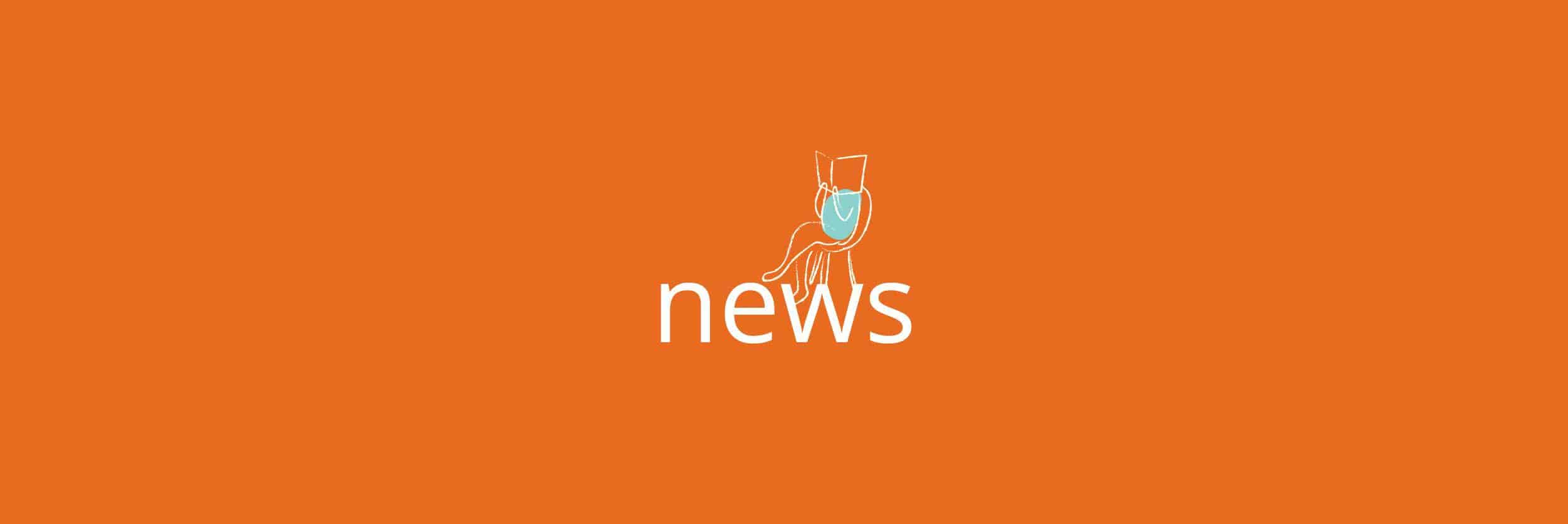Examining the World of Accessible Beauty
Beauty powerhouse Lancôme recently launched a revolutionary new makeup tool, changing the game for those with limited mobility and unleashing a new level of inclusivity. Many are praising the brand for taking a stand for diversity and accessibility in the beauty industry. This had us wondering: what other brands are out there breaking barriers and leading the way in the industry?
Why It Matters
Before we share our findings, it’s important to understand how accessible beauty makes a difference. For disabled people, tasks like getting dressed, styling hair, and wearing makeup can be more difficult because many clothes, tools, and products are inaccessible.
SRNA community member and disability advocate, Sarah Todd Hammer, shared on social media how she navigates brushing out her wet hair with partial hand paralysis. In the video, she demonstrates her process of using a hairdryer stand to make this task more accessible.
Xian Horn, founder of the nonprofit Give Beauty Wings, shared in the 2022 Byrdie article Why Beauty Needs More Universal Design For People With Disabilities, “Changes to make products more accessible don’t have to be as drastic as you think. Many adaptations are usually simple, not expensive, and make it easier for all people to use, including elderly people and children.”
Accessible Makeup
The beauty industry encompasses a wide range of personal products, appliances, and services, including makeup products. Two other brands that are no strangers to creating accessible beauty tools and products are Guide Beauty and Kohl Kreatives. According to Guide’s website, “In the prime of her career as a makeup artist and beauty educator, GUIDE Beauty founder Terri Bryant started to notice stiffness in her shoulder and a loss of dexterity in her hands. Makeup artistry that had been second nature was becoming a real struggle due to the inaccessibility of products that suited her needs. She was eventually diagnosed with Parkinson’s. Empowered by knowledge and a life-long love of makeup, Terri partnered with human factors designers and clean chemists to create a better and easier way and a new, more inclusive approach for the industry.” Similarly, Kohl Kreatives is known for its make-up brushes. With the ability to bend and be flexible, the products allow makeup application to be significantly easier and more comfortable.
We also discovered brands creating products specifically for those who are blind or visually impaired. A recent player in this has been Blind Beauty. Hazal Baybasin, the brand’s founder shares on the website, “In 2019, I was diagnosed with a rare brain condition which robbed me of my sight practically overnight. This is when I discovered a lack of accessibility in the beauty industry. I decided to turn my pain into a passion project and Blind Beauty was born. For the blind and visually impaired, the smell and texture of a product is more important than the look of the packaging. This is why I designed a very simplistic brand image and focused more on the feel and smell of what is inside the bottle.” All of Hazal’s products have braille added to the packaging for those who are literate in braille.
Other honorable mentions from our research include Maybelline’s Hyper Easy Liquid Eyeliner with a hexagonal grip, Eyeliner stamps, and L’Occitane (braille on 70% of packaging).
The Bigger Picture
In the 2020 Elle magazine article, Beauty And Disability Inclusivity – Are We Really Doing Enough?, disability and travel blogger Emma Muldoon shares, “There definitely isn’t a big enough conversation happening around this topic and more should be done. I think a reason for this is fear. Brands fear saying or doing the wrong things that may offend disabled people. But through knowledge and use of correct language, brands could remove that fear and have inclusive marketing and products that cater to everyone.” People with disabilities are still incredibly underrepresented within the beauty industry. We hope many more brands understand the power of this movement and will follow suit with future products and ethos.
So how does all this relate to you? People diagnosed with a rare neuroimmune disorder may experience a wide range of disability and recovery, including limited mobility, paralysis, muscle fatigue, visual impairments, and other physical inhibitors. Being able to apply makeup independently by utilizing accessible tools can be a positive and empowering experience, and several of these brands are off to a good start in helping to alleviate those struggles. However, as we move forward, brands should not stop at accommodation and take the next step to prioritize inclusion. Everyone benefits from Universal Design, which incorporates approaches that push ‘mainstream’ products to include as many people as possible and customizable design which minimizes the difficulties of use for particular individuals. Accessible beauty shouldn’t be viewed as a “niche” market or just a specific line of products. By making it a standard, we’re championing the very essence of inclusion.
What does the future of accessible beauty look like to you? Share with us on social media or send us an email to [email protected].
SRNA does not endorse or receive any form of commission from any of the above-mentioned companies and/or parties.





